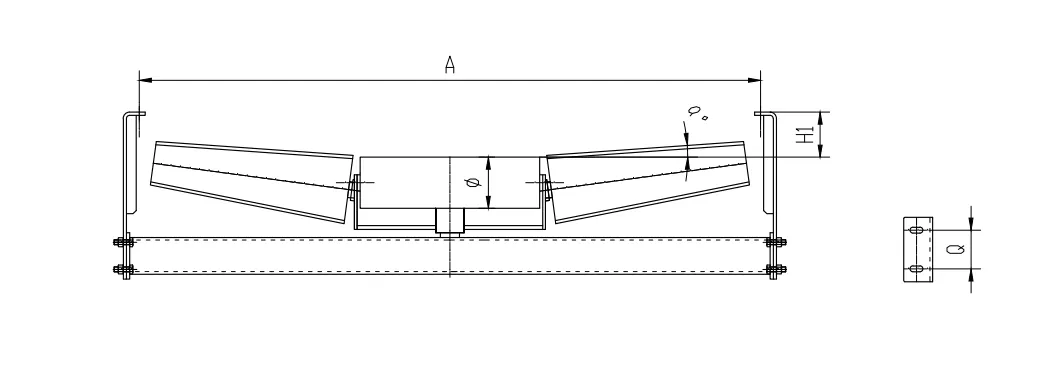 Afrikaans
Afrikaans  Albanian
Albanian  Amharic
Amharic  Arabic
Arabic  Armenian
Armenian  Azerbaijani
Azerbaijani  Basque
Basque  Belarusian
Belarusian  Bengali
Bengali  Bosnian
Bosnian  Bulgarian
Bulgarian  Catalan
Catalan  Cebuano
Cebuano  Corsican
Corsican  Croatian
Croatian  Czech
Czech  Danish
Danish  Dutch
Dutch  English
English  Esperanto
Esperanto  Estonian
Estonian  Finnish
Finnish  French
French  Frisian
Frisian  Galician
Galician  Georgian
Georgian  German
German  Greek
Greek  Gujarati
Gujarati  Haitian Creole
Haitian Creole  hausa
hausa  hawaiian
hawaiian  Hebrew
Hebrew  Hindi
Hindi  Miao
Miao  Hungarian
Hungarian  Icelandic
Icelandic  igbo
igbo  Indonesian
Indonesian  irish
irish  Italian
Italian  Japanese
Japanese  Javanese
Javanese  Kannada
Kannada  kazakh
kazakh  Khmer
Khmer  Rwandese
Rwandese  Korean
Korean  Kurdish
Kurdish  Kyrgyz
Kyrgyz  Lao
Lao  Latin
Latin  Latvian
Latvian  Lithuanian
Lithuanian  Luxembourgish
Luxembourgish  Macedonian
Macedonian  Malgashi
Malgashi  Malay
Malay  Malayalam
Malayalam  Maltese
Maltese  Maori
Maori  Marathi
Marathi  Mongolian
Mongolian  Myanmar
Myanmar  Nepali
Nepali  Norwegian
Norwegian  Norwegian
Norwegian  Occitan
Occitan  Pashto
Pashto  Persian
Persian  Polish
Polish  Portuguese
Portuguese  Punjabi
Punjabi  Romanian
Romanian  Russian
Russian  Samoan
Samoan  Scottish Gaelic
Scottish Gaelic  Serbian
Serbian  Sesotho
Sesotho  Shona
Shona  Sindhi
Sindhi  Sinhala
Sinhala  Slovak
Slovak  Slovenian
Slovenian  Somali
Somali  Spanish
Spanish  Sundanese
Sundanese  Swahili
Swahili  Swedish
Swedish  Tagalog
Tagalog  Tajik
Tajik  Tamil
Tamil  Tatar
Tatar  Telugu
Telugu  Thai
Thai  Turkish
Turkish  Turkmen
Turkmen  Ukrainian
Ukrainian  Urdu
Urdu  Uighur
Uighur  Uzbek
Uzbek  Vietnamese
Vietnamese  Welsh
Welsh  Bantu
Bantu  Yiddish
Yiddish  Yoruba
Yoruba  Zulu
Zulu Head and Tail Pulleys in Belt Conveyor Systems for Enhanced Performance
Head and Tail Pulleys for Belt Conveyors An Overview
Belt conveyors are essential systems in various industries, enabling the efficient transport of materials across diverse terrains. Two critical components of these conveyors are the head pulley and tail pulley. Understanding their functions and importance can enhance the effectiveness and longevity of belt conveyor systems.
The Role of Head Pulleys
The head pulley, located at the discharge end of the conveyor, plays a vital role in the system's operation. It is responsible for controlling the belt's movement and facilitating the transfer of materials from the conveyor onto another designated area. The head pulley typically has a higher diameter than the tail pulley to generate sufficient traction on the belt. This design ensures that the belt remains taut and properly aligned during operation.
Moreover, the head pulley is often equipped with additional features such as a conveyor drive mechanism. This feature can be either a direct motor drive or a pulley-driven assembly that enables the head pulley to rotate and, consequently, drive the belt forward. The ability to control the belt speed is crucial, as different materials may require different handling techniques.
In many applications, head pulleys are designed to be crowned. This means that they have a slight curve at the center, which helps to keep the belt centered and prevents it from drifting off to one side. Keeping the belt properly aligned not only enhances operational efficiency but also reduces wear and tear on both the belt and other components of the conveyor system.
The Importance of Tail Pulleys
On the other end of the conveyor lies the tail pulley, which serves a contrasting yet equally important function. The tail pulley is usually fixed and located at the loading end of the conveyor. Its primary purpose is to support the weight of the conveyor belt and to maintain tension. Without the proper tension in the belt, it could slip off the pulleys, leading to operational failures.
head pulley tail pulley for belt conveyor

Tail pulleys can also be equipped with tail guards that prevent material spillage. Given their location at the loading end, tail pulleys must endure significant stress and friction, often causing them to wear down over time. It is therefore essential to select tail pulleys made from durable materials that can withstand these harsh conditions. Just like head pulleys, tail pulleys may be fitted with other mechanical devices designed to help maintain proper belt tension.
While head pulleys focus on the movement and discharge of materials, tail pulleys are mainly about ensuring that the belt operates seamlessly and efficiently from the start of its journey. This balance between the two is what makes the belt conveyor system effective in achieving its material transport goals.
Maintenance and Longevity
Effective maintenance of both head and tail pulleys is crucial for the overall health of the belt conveyor system. Regular inspections should be conducted to check for signs of wear, alignment issues, or damage. Proper lubrication of bearings and regular tension checks can help prevent unforeseen breakdowns and prolong the life of the equipment.
In the case of a malfunction in either pulley, the entire conveyor system can experience a significant reduction in efficiency. Thus, it is advisable to employ predictive maintenance techniques, utilizing technology to monitor performance continuously. This proactive approach can help identify issues before they lead to significant downtime or costly repairs.
Conclusion
Head and tail pulleys are essential components of belt conveyor systems. They work together to ensure the efficient transport of materials while maintaining the integrity and functionality of the conveyor belt. Understanding their roles, and ensuring they are well-maintained, can result in enhanced operational efficiency and reduced wear over time. As industries continue to rely on belt conveyors for their material handling needs, the importance of these pulleys cannot be overstated. Choosing the right designs and materials for head and tail pulleys can significantly impact the productivity and reliability of conveyor systems across various applications.
-
Revolutionizing Conveyor Reliability with Advanced Rubber Lagging PulleysNewsJul.22,2025
-
Powering Precision and Durability with Expert Manufacturers of Conveyor ComponentsNewsJul.22,2025
-
Optimizing Conveyor Systems with Advanced Conveyor AccessoriesNewsJul.22,2025
-
Maximize Conveyor Efficiency with Quality Conveyor Idler PulleysNewsJul.22,2025
-
Future-Proof Your Conveyor System with High-Performance Polyurethane RollerNewsJul.22,2025
-
Driving Efficiency Forward with Quality Idlers and RollersNewsJul.22,2025





























